If the creation of an award is a sign of the maturity of a sector, and considering that “Bio-based Material of the Year” has now reached its eighth edition, then the bio-based material sector is well represented.
The competition, promoted by the German research institute, seeks to recognize new biomaterial products made available by this fledgling industry, singled out amongst those launched on the market or that were put to industrial use over the last 12 months.
In the initial phase of the selection process, the scientific board of the award skims off the applications, narrowing them down to six competitors. This year, the shortlist was predominantly German, featuring four German companies out of six.
Bayer MaterialScience (Germany) put forward Desmodur® eco N, a new solvent-free aliphatic polyisocyanate as well as the first organic-based polyurethane reticulating agent to be launched on the market. It is used to manufacture coatings for high-performing cars, a field in which polyurethane paints set the highest standards in terms of life, quality and efficiency. Such reticulating agent is based on a new isocyanate, i.e. diisocyanate pentamethylene, containing 70% of carbon from biomass.
 |
|
Desmodur® eco N |
EcoTechnilin is a leading company in the use of plant fibres for the manufacturing of technical nonwoven fabrics, with production plants in France and the UK. Such fabrics are used in the automotive sector (coatings) as well as in the building sector (floor beds, wall linings, etc.) and in composite panels for various applications. The innovative material nominated for the “Bio-based Material of the Year”, FibriRock, is a honeycomb sandwich panel combining the fire-resistant performance of pre-soaked linen/bio resin with the stiffness guaranteed by basalt fibres (i.e. a viable alternative to asbestos, as it is not dangerous for human health). Such material is widely used in the aeronautic industry as well as in rail transport.
 |
|
FibriRock |
Evonik (Germany – one of the largest chemical groups in the world) presented polyamide 12 “bio”, a high-performing plastic material obtained entirely from renewable resources (palm kernel oil from Elaeis guineensis). Like Desmodur, this material is a good alternative to equivalent petrochemical products. Thanks to its properties, polyamide 12 is conveniently used for a wide range of high-performing products in the automotive sector (coatings), in the oil and gas industry (high-volume pipes), in the medical sector (catheters) as well as in injection moulding components, such as pump impellers and safety valve seats. Besides, the use of palm oil makes it easier to create the monomer (lauric acid, a polyamide 12 precursor), compared to the equivalent petrochemical process based on butadiene.
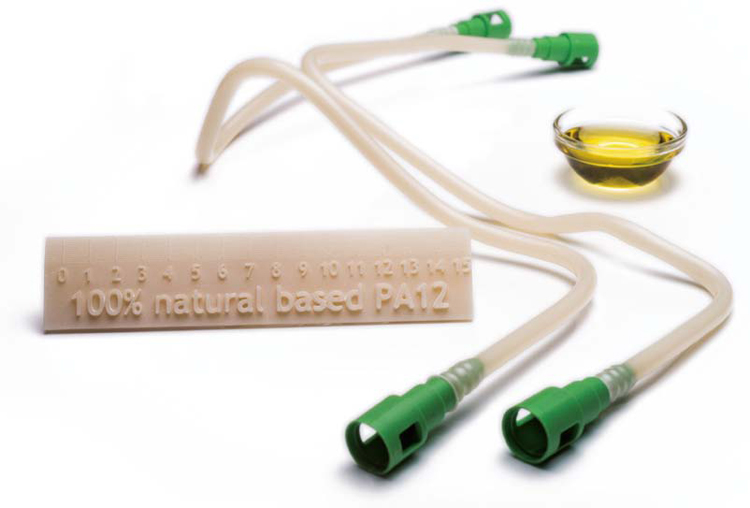 |
|
Polyamide 12 |
HIB Trim Part Solutions (Germany) manufactures and supplies car components for all but a few German automotive companies. They presented Nature 50, a plastic material obtained from polypropylene mixed with hemp long fibre (with a content of over 50%) and additives. When in granules, the material can be extruded and injected in mass-produced moulds, making it particularly suitable for the manufacturing of highly resilient car components. Its chemical composition makes Nature 50 suitable for a large variety of aesthetical solutions.
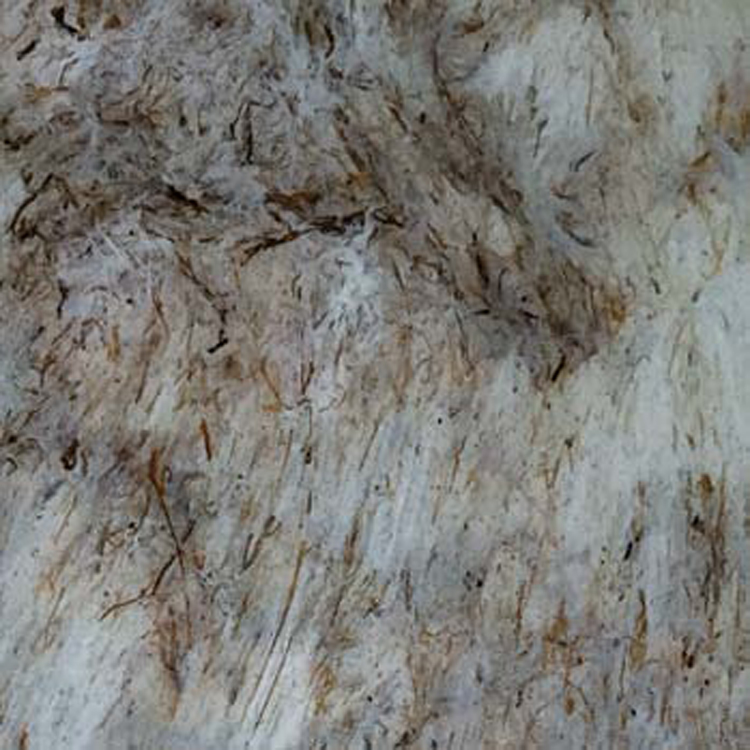 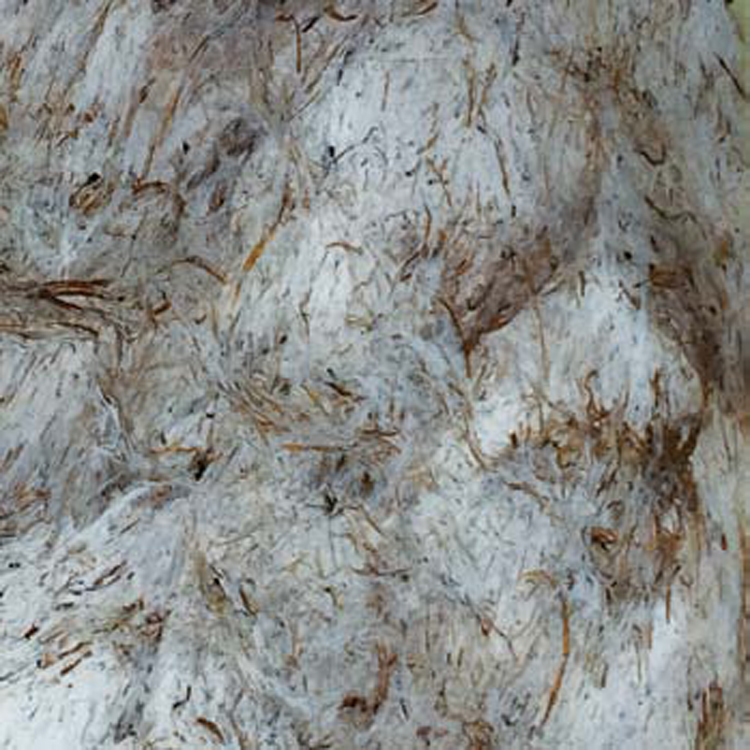 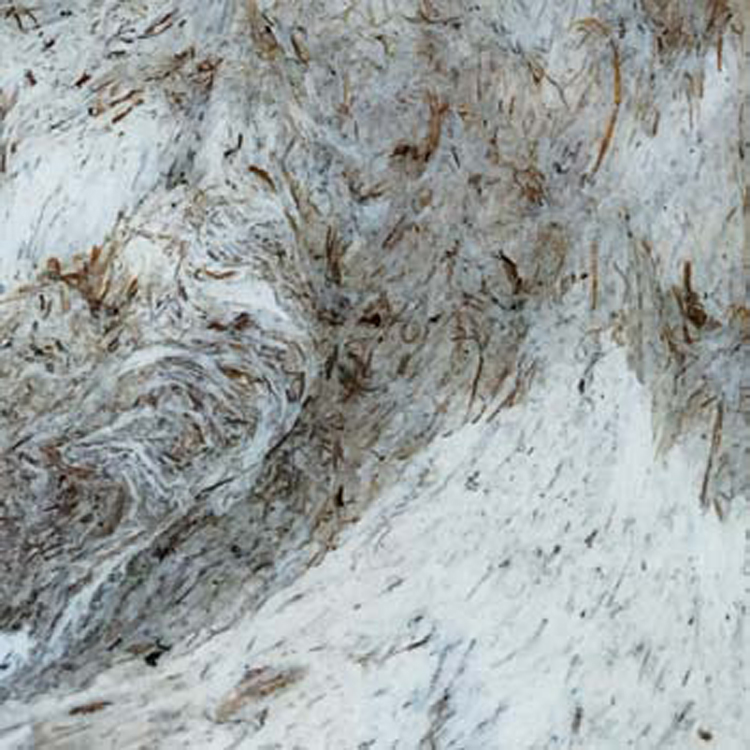 |
|
Nature 50 |
The US company Invista, one of the largest manufacturers of polymers and fibres in the world, as well as holder of the Lycra trademark, presented LYCRA T 162R Fibre, currently the only existing fibre obtained from butanediol, a bio-based material produced from corn-derived dextrose. The use of renewable raw materials in the manufacturing process leads to lower CO2 emissions as well as to a reduced use of fossil fuels, compared to the equivalent fibre obtained from conventional polymers (polyurethane). Bio-based Lycra is widely employed in the textile industry.
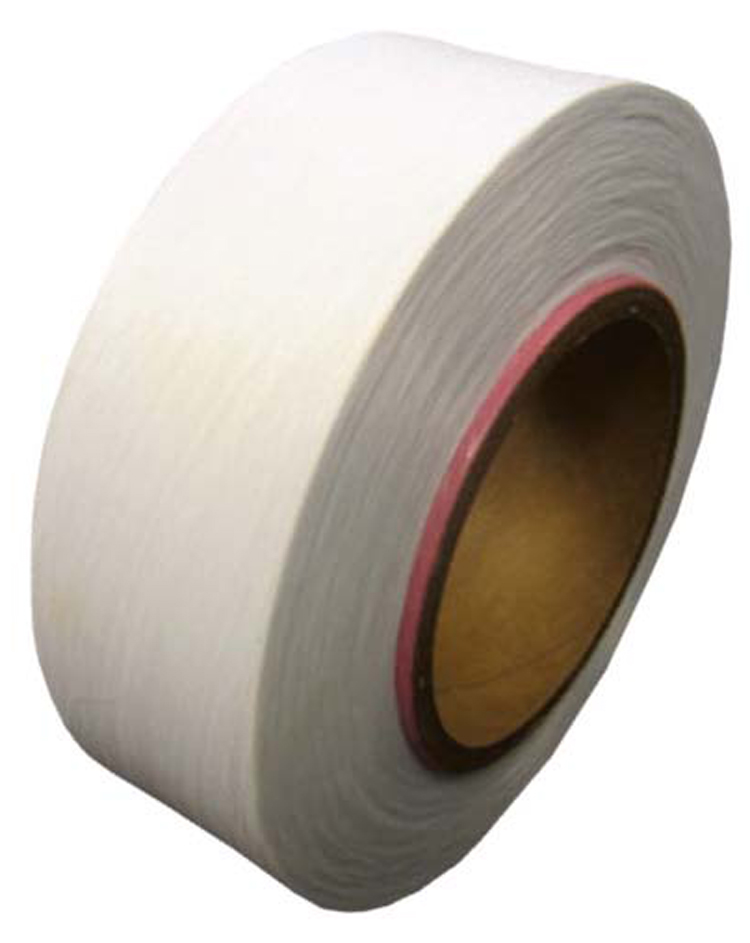 |
|
LYCRA T 162R Fibre |
TwoBEars, a German company in the sector of plastic for 3D printing, nominated bioFila, a biodegradable filament of PLA bio-polymer derived from renewable raw materials, combining outstanding high performances with excellent visual and tactile quality. The patent of Stratasys for 3D printing expired in 2009, thus clearing the way to other companies; the market of 3D printing filaments currently has a turnover of $800 million and is expected to increase tenfold in the next 10 years. Although ABS is the standard material used in the sector, the possibility of replacing it with biodegradable plastic could be the answer to the problem of waste and residues, which is bound to exacerbate in the next few years. Besides, the use of PLA makes it possible to print at lower temperatures compared to those required by ABS, with considerable benefits in terms of energy saving.
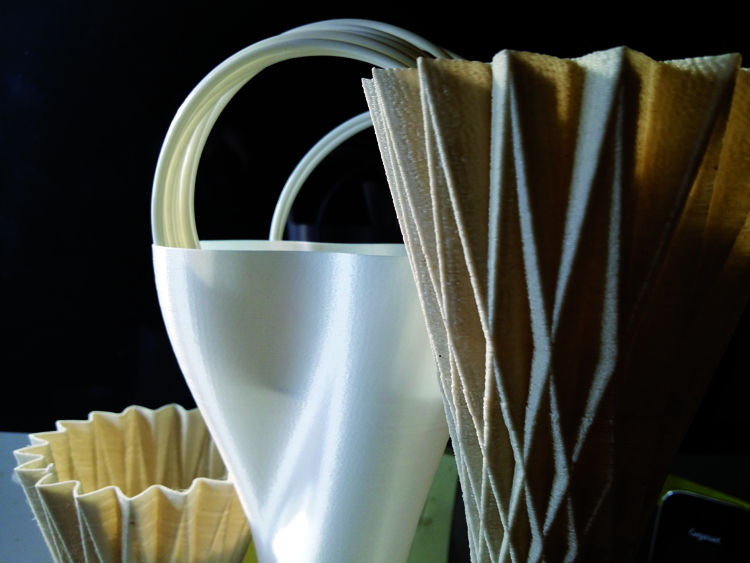 |
|
bioFila |
The audience at the conference in Cologne, i.e. over 200 experts representing companies (from large corporations to startups) from all over the world, shortlisted the three best projects; Desmodur® eco N, manufactured by Bayer MaterialScience, managed to win through. The new product launched by the German chemical colossus offers bio-based businesses fresh opportunities in the automotive industry, still largely based on petrochemical products: to this day, polyurethane paints are manufactured mainly using synthetic resins. It was precisely the absence of reticulating agents derived from renewable resources that stood in the way of the development of new alternative materials. In the car-coating sector not only are the quality standards required extremely high, but performances are also crucial to maintain the value of complex (and expensive) goods such as transport vehicles.
Bio-products can also compete against conventional materials in sectors requiring the highest-performing standards.
The Award given to Desmodur might also be interpreted in this way.
For the record, HIB Trim and EcoTechnilin ranked second and third respectively with products devoted to the automotive industry, the aeronautical sector as well as rail transport, thus suggesting the trend to promote cutting-edge bioinnovation.
The German Research Institute nova-Institut
Nova-Institut is an independent research institute founded in 1994 and located in Huerth’s “Knapsack” chemical industrial park, near Cologne. Over the last 20 years, the institute has focused its activity on three specific fields of the bioeconomy: R&D, conferences and other knowledge-dissemination activities and industrial and political consultancy. Nova-Institut’s initiatives deal with raw materials, technical and economic evaluations, market analysis, project management as well as policies for the development of a sustainable bio-based economy. Their communication services include a website providing news about the bioeconomy, a newsletter and the IBIB business directory.
For further information visit www.bio-based.eu.
Info
Bayer MaterialScience, www.materialscience.bayer.com/en
EcoTechnilin, www.eco-technilin.com
Evonik, corporate.evonik.com/en/Pages/default.aspx
HIB Trim Part Solutions, www.hib-solutions.com/de/index.php
Invista, www.invista.com
TwoBEars, www.two-bears.eu


